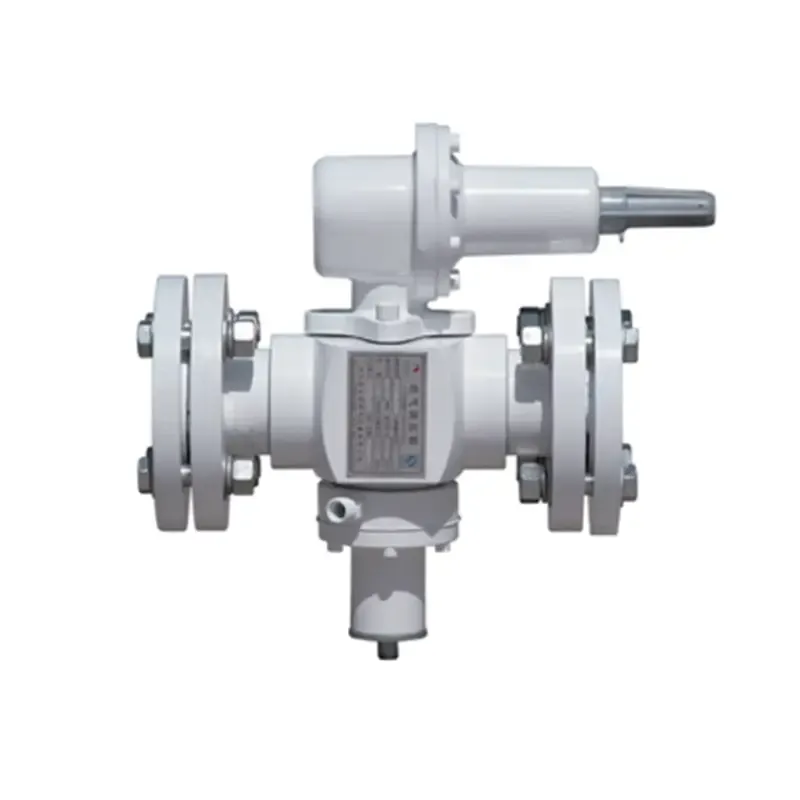
Dec . 07, 2024 07:55
Back to list
منظم ضغط الغاز
Understanding Gas Pressure Regulators A Comprehensive Overview
Gas pressure regulators play a vital role in controlling the flow and pressure of gases in various applications, from household appliances to industrial machinery. These devices ensure that gas is delivered at a consistent pressure, which is crucial for efficiency, safety, and performance. This article delves into the purpose, types, and operational principles of gas pressure regulators, shedding light on their importance in everyday life.
What is a Gas Pressure Regulator?
A gas pressure regulator is a mechanical device designed to reduce and stabilize the pressure of gas coming from a high-pressure source, such as a gas cylinder or pipeline. By doing so, it maintains the output pressure at a level that is safe for consumption or use in various applications. Regulators are essential for ensuring that appliances function correctly and efficiently, preventing damage that could arise from fluctuations in gas pressure.
How Do Gas Pressure Regulators Work?
Gas pressure regulators operate based on a simple principle they maintain a consistent outlet pressure despite variations in the inlet pressure or flow rate. The basic components of a gas regulator include an inlet and outlet port, a diaphragm, a spring, and a sensing mechanism. When gas enters the regulator, the diaphragm responds to changes in pressure. If the outlet pressure increases above the setpoint, the diaphragm moves to partially close the flow, reducing the gas supply. Conversely, if the pressure drops, the diaphragm opens to allow more gas into the system.
Types of Gas Pressure Regulators
.
2. Two-Stage Regulators These provide greater accuracy and stability by reducing the pressure in two steps. The first stage brings the pressure down to an intermediate level, while the second stage fine-tunes it to the required output pressure. Two-stage regulators are preferred in applications with significant pressure fluctuations.
منظم ضغط الغاز

3. Automatic Regulators Some regulators automatically adjust to changes in flow demand or supply pressure, ensuring consistent performance without manual intervention. They are commonly used in more complex systems requiring high reliability.
4. Relief Regulators These include a safety feature that allows excess pressure to escape if it exceeds a predetermined level, protecting both the system and appliances from damage.
Applications of Gas Pressure Regulators
Gas pressure regulators find a wide range of applications across various industries. In residential settings, they are commonly used in gas stoves, heaters, and grills to ensure that the flame operates at a safe and efficient level. In industrial contexts, regulators are crucial in manufacturing processes, chemical production, and gas transportation, where precise pressure control is necessary for safety and efficiency.
Safety Considerations
When installing and maintaining gas pressure regulators, safety should always be a top priority. Regular inspections, proper installation, and adherence to manufacturer guidelines are essential to prevent leaks and failures. Moreover, understanding the specific requirements of the gas being used — such as flammability and toxicity — will help in selecting the appropriate regulator.
Conclusion
Gas pressure regulators are an essential component in many applications, ensuring that gases are delivered safely and efficiently. By understanding their function, types, and applications, users can better appreciate the critical role these devices play in our everyday lives. Whether for home use or industrial applications, the proper regulation of gas pressure is fundamental to smooth and safe operations.
Next:
Latest news
-
Safety Valve Spring-Loaded Design Overpressure ProtectionNewsJul.25,2025
-
Precision Voltage Regulator AC5 Accuracy Grade PerformanceNewsJul.25,2025
-
Natural Gas Pressure Regulating Skid Industrial Pipeline ApplicationsNewsJul.25,2025
-
Natural Gas Filter Stainless Steel Mesh Element DesignNewsJul.25,2025
-
Gas Pressure Regulator Valve Direct-Acting Spring-Loaded DesignNewsJul.25,2025
-
Decompression Equipment Multi-Stage Heat Exchange System DesignNewsJul.25,2025

